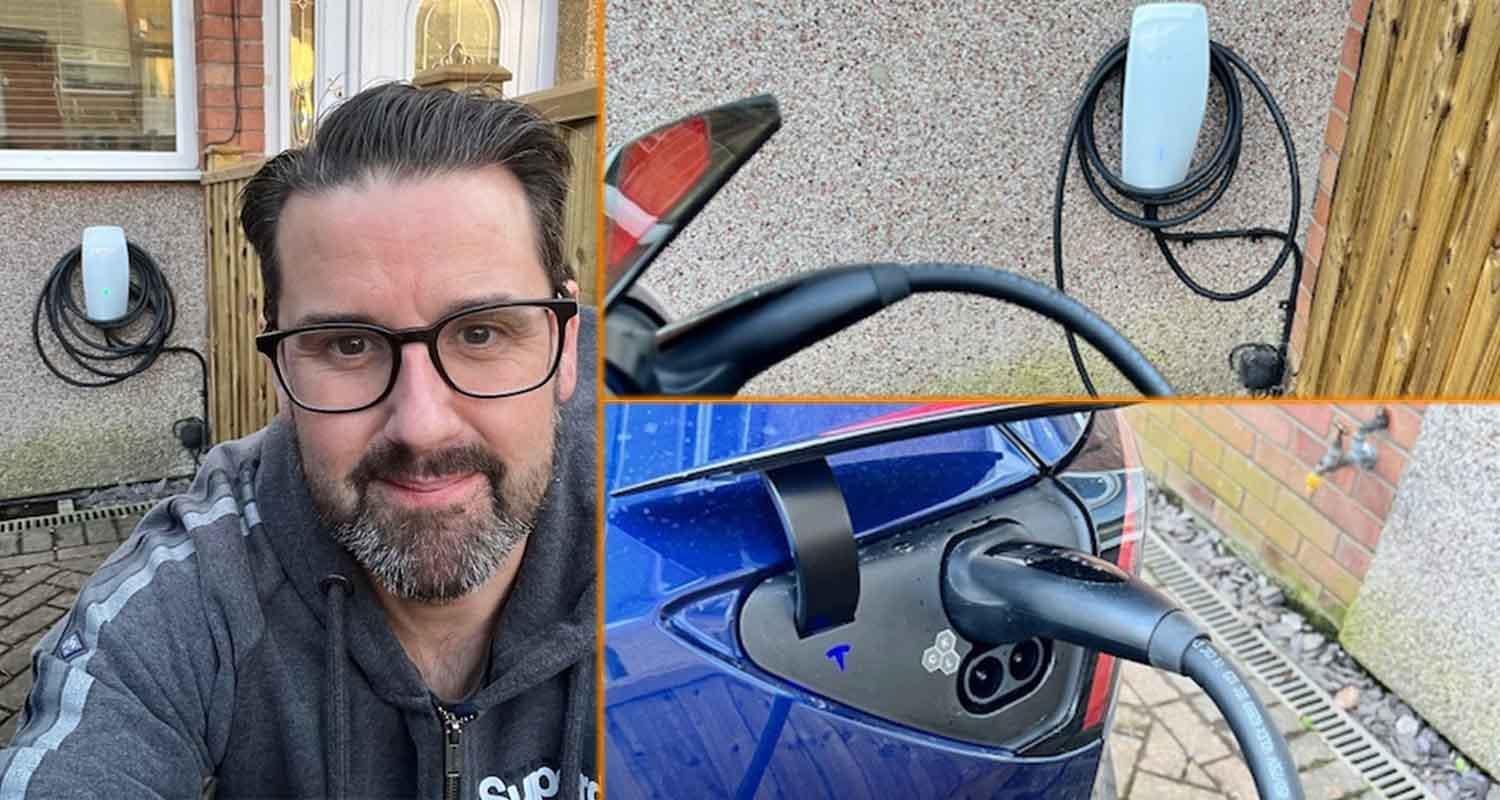Bidirectional charging explained
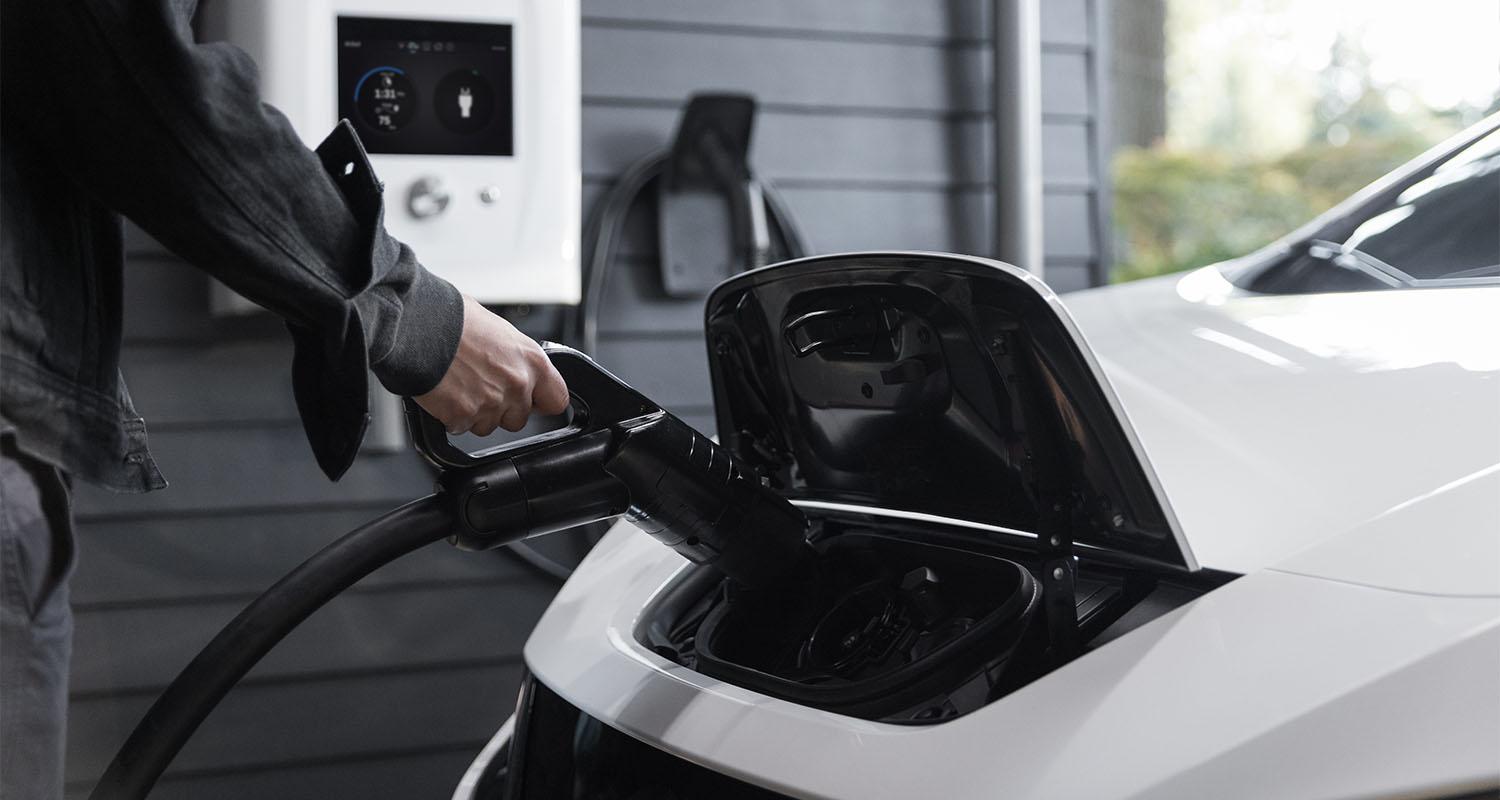
Bidirectional charging is the concept of energy being able to be passed back and forth between an electric vehicle, the grid and a house or commercial building.
Whereas currently the vast majority of EV charging is uni-directional (a one way system), the next step with this technology is to move to bi-directional with the ability for energy to move more freely with greater control and flexibility.
EVs are essentially a big battery on wheels and bi-directional charging can turn your car into a battery storage solution that can be charged and discharged when desired.
How does bidirectional EV charging work?
Bidirectional charging benefits
Can any EV charger support bidirectional charging?
Does every EV support bidirectional charging?
How does bidirectional EV charging work?
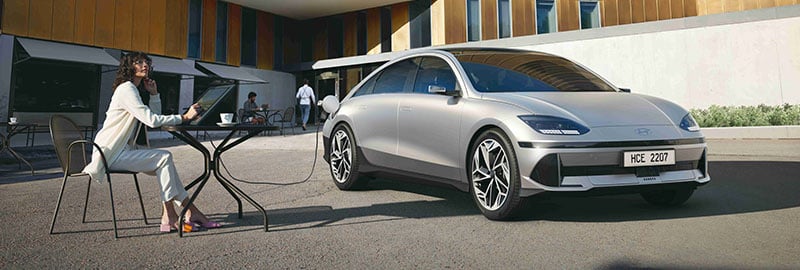
Bi-directional charging technology means you can take energy that has gone into your EV and then discharge it back the other way, into the electricity grid or another energy system.
Both the EV charger and EV have to be compatible with the right bi-directional converter and software to enable this technology.
This converter means the direct current (DC) in the EV can be swapped to alternating current (AC) to be safely transferred to its next desired destination.
Vehicle to grid (V2G)
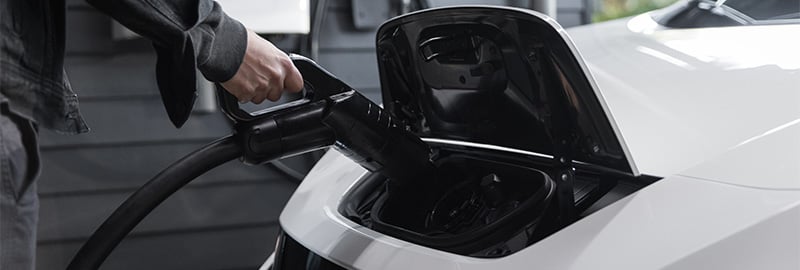
vehicle to grid or V2G, describes when energy stored within the EV is passed back to the grid through the converter to help with peaks and troughs in energy demand.
For example, if the grid is in need of extra energy production, a grid of connected EVs using bi-directional charging could pass their surplus energy back into the grid.
It would mean EVs could charge up their batteries during off-peak hours, using overnight tariffs like Intelligent Octopus Go and then when the grid needs more energy during peak times between 5pm and 9pm, it can call on any surplus energy that isn't needed at the time from EVs.
Smart charging technology would all manage this seamlessly so EV owners wouldn't be left in a position where they had a flat battery waiting for them when they're leaving for work the next morning.
This new way of thinking about an electricity grid of connected EVs is one way the UK is planning to be able to cater for the increasing number of electric vehicles that will need to be charged up at homes across the country. A flexible and innovative technological approach will be needed to make sure the capacity is available, in addition to grid upgrades and the progression of renewable energy generation.
Vehicle to load (V2L)

This sounds a bit technical, but it's a really simple concept. Your EV is a big battery and vehicle to load technology lets you plug in other devices to your car and draw energy.
That might be something like a laptop, television and gaming console, cooking appliances when you're out camping or whatever it is you might need at the time.
Vehicles need to come with the capability of V2L, which can sometimes be an optional cost when speccing your EV, but there are already some out there available in the UK like the Hyundai Ioniq 5, Kia EV6 and BYD Atto 3.
Vehicle to home (V2H)
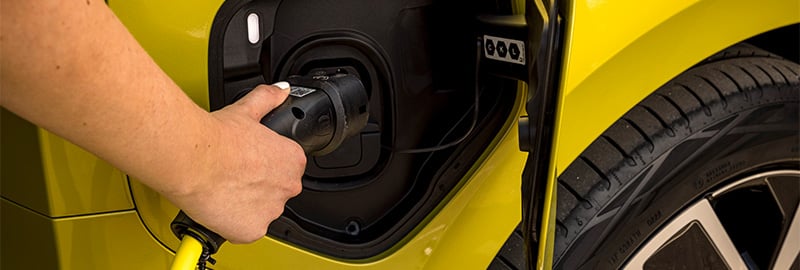
This technology means you can pass surplus energy in your EV back for use by your household energy needs, rather than it being passed back into the grid.
It essentially turns the EV parked on your drive into a battery storage system that would pair nicely with a solar array. V2H technology can also act as a handy backup generator if a house was ever effected by a power cut.
V2H requires a compatible EV, bidirectional smart home charger and some additional bits of electrical equipment like a CT meter. There are already a few electric cars that are V2H compatible, including models like the MG4, Polestar 2, VW ID Buzz and Kia Niro.
Experience the benefits of charging at home
While bidirectional home EV charging is a long way off, there are still many other great reasons to having a home EV charging point. See what they are below!
What are the benefits of bidirectional charging?
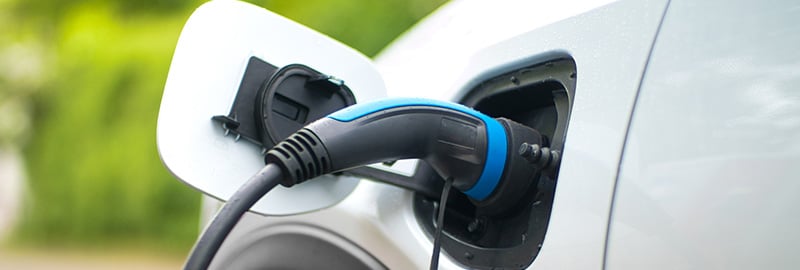
A bit like with solar panels, it's possible to sell the energy from your EV back to the grid at times of greater demand with the help of bi-directional technology.
Kaluza, which is working with a consortium of bi-directional charging pioneers like OVO Energy, Indra and Volkswagen Group estimate that drivers could earn anywhere between £420 to £800 a year for selling their EV's energy back to the grid.
By the time this technology becomes more mainstream, that benefit may be more diminished, but it's an example of the kind of savings that can be made so far.
Widespread bi-directional technology could also be transformational for cutting emissions as well.
According to Kaluza’s data estimates from January 2023, if all vehicles in the UK were electric and vehicle to infrastructure (V2X) enabled they could displace 60% of all gas backup generation currently active in the UK.
There's an additional benefit to homeowners as well to move to becoming more energy self-sufficient. A combination of solar and your EV as a battery storage unit could help reduce reliance on the grid for a home's energy needs.
Solar energy could be used by the household during the day and any surplus energy could be stored in the EV for use at peak hours in the evening or overnight.
Can any home EV charger do bidirectional charging?
Bidirectional charging is a future EV technology that may become commonplace in the future, but bidirectional EV chargers are currently not widely available.
This means it's probably not worth holding out for a smart home charger that is bidirectional compatible yet, just because we're a way off from the technology hitting the mainstream.
One of the only bidirectional chargers that is working in the UK is the one installed at Kaluza's office in London as part of Offgem's V2G project.
Smart Home Charge doesn't currently stock bi-directional capable smart home chargers, but we'll be keeping an eye on how the technology progresses in the future.
Does every EV support bidirectional charging?
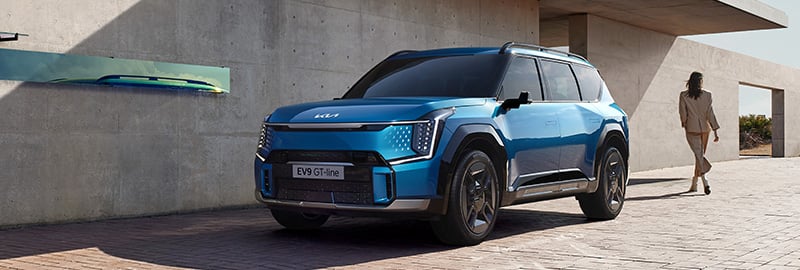
Pictured: Kia EV9 - One of the few vehicles in the UK equipped with all bidirectional charging technologies
Not every EV has bi-directional capabilities, but there are some available in the UK that do. The most common feature is V2L, with fewer models able to take advantage of V2G and V2H.
Hyundai, Genesis and Kia

The Hyundai Kia Automotive Group has launched models like the Ioniq 5, Kia EV6 and premium Genesis range that all feature V2L. The Kia EV9 is a pioneering model that will feature every bi-directional option, including V2L, V2G and V2H. If you're looking for something that does it all, the EV9 is the one to look out for.
BYD
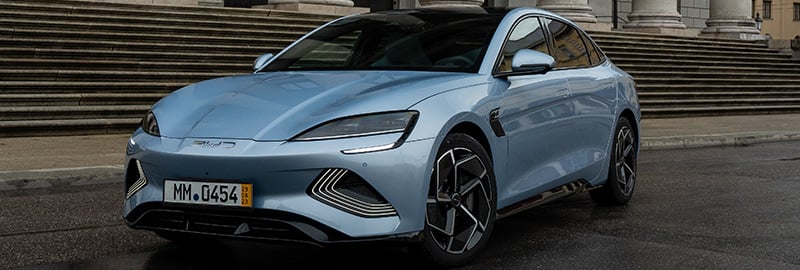
The UK BYD current range of the Atto 3, Dolphin and Seal all feature V2L capabilities, but it doesn't currently feature V2G and V2H functionality.
MG

The MG4, MG5 and ZS all feature V2L capabilities.
Volkswagen Group (i.e. Audi, Volkswagen, Cupra, Skoda)
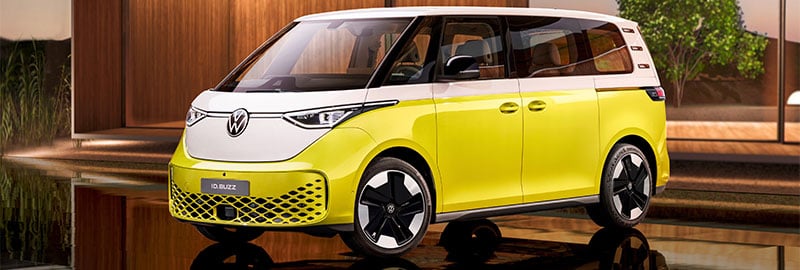
The Volkswagen Group has a collection of models across the group that do enable V2L, V2G and V2H technology, including models like the Skoda Enyaq 85, VW ID Buzz, Cupra Tavascan VZ and Audi Q4 e-tron.
Volvo and Polestar

The Polestar 3 and Volvo EX90 are both pretty stacked with full bi-directional charging capabilities. Older models like the Polestar 2 don't include bi-directional charging tech, but expect the very latest models to feature V2G, V2H and V2L.
Peugeot

Peugeot's new e-3008 comes with V2L technology, but it's not as widely available across the expanded Stellantis range of EVs (Citroen, Fiat, Vauxhall, Alfa Romeo and Abarth).
However, if it's available on Peugeots, you can imagine the tech will get rolled out more widely across the group with new models in the future.


